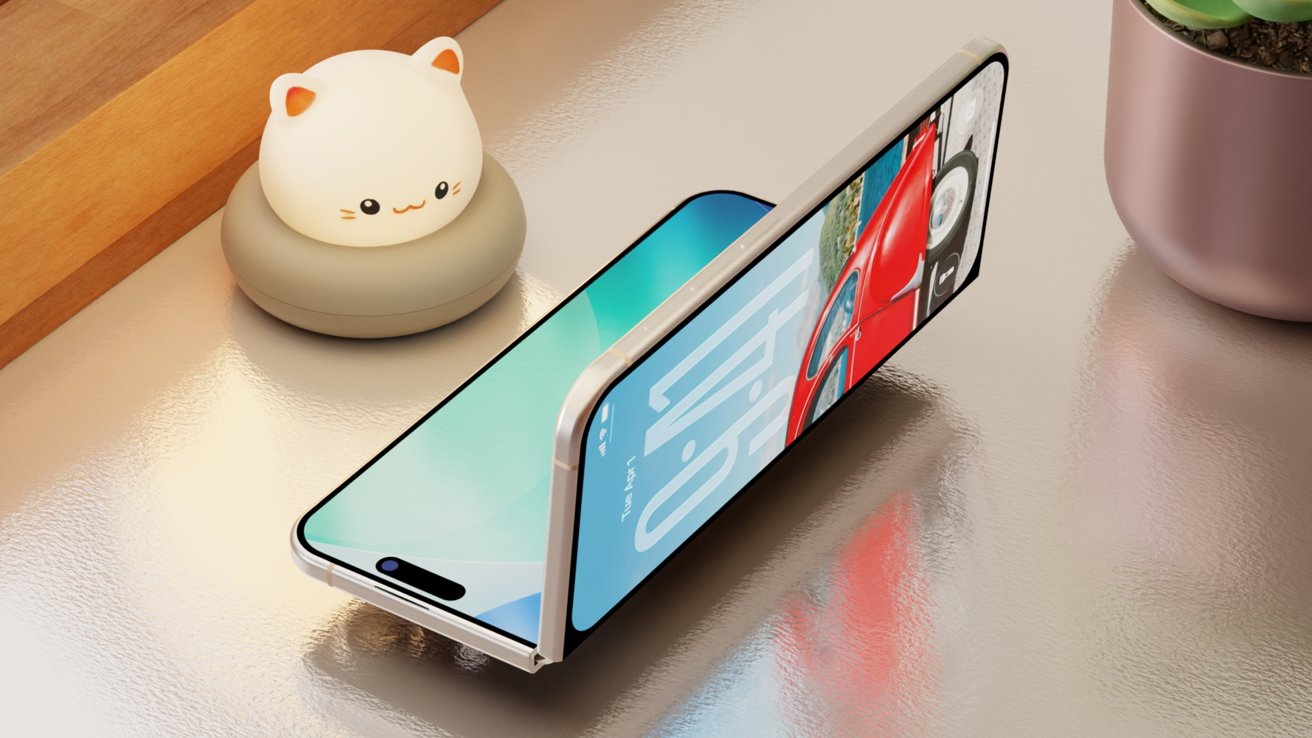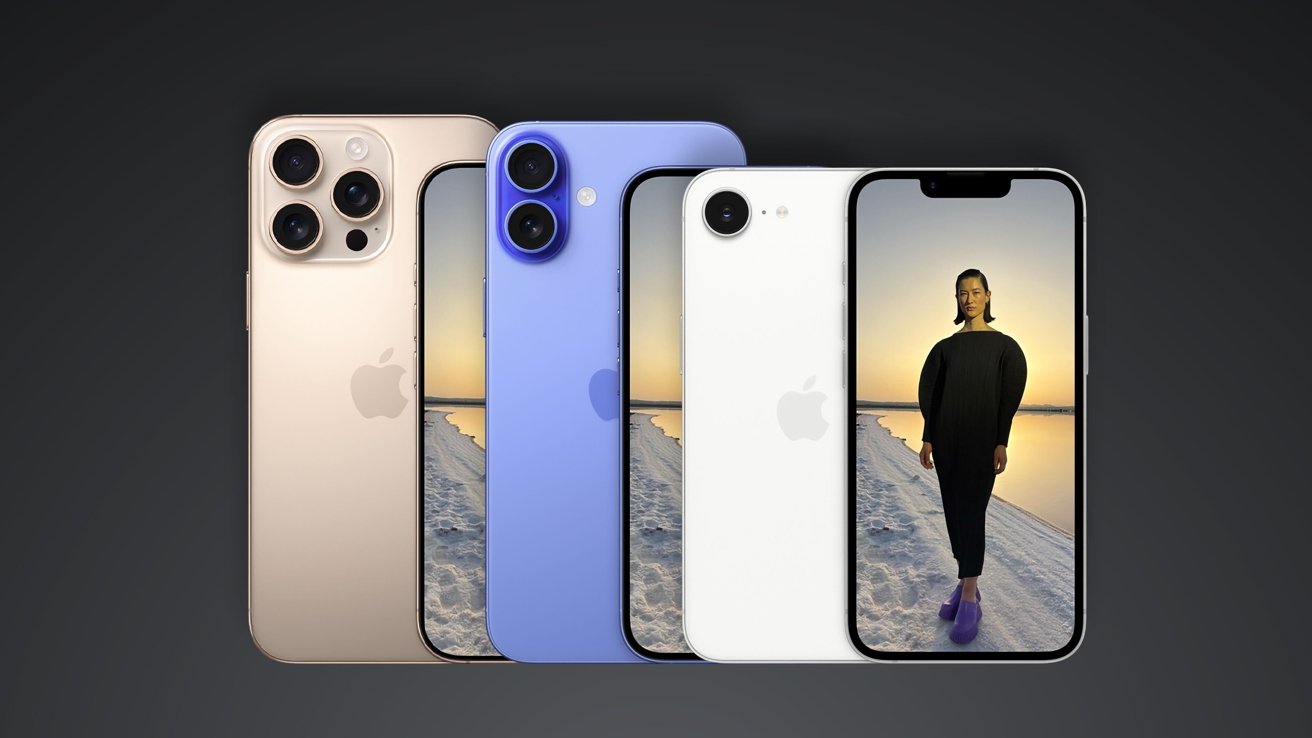Apple’s foray into the foldable smartphone market has been a topic of intense speculation and anticipation. The forthcoming iPhone Fold is poised to redefine the user experience with its innovative design and advanced features. Central to its design is the hinge mechanism, a critical component that ensures the device’s durability and seamless functionality.
Hinge Mechanism and Cost Efficiency
The hinge is pivotal for the iPhone Fold’s operation, facilitating smooth transitions between folded and unfolded states. Analyst Ming-Chi Kuo has provided insights suggesting that the production cost of this hinge might be more economical than previously estimated. Initial projections placed the hinge’s cost between $100 and $120 per unit. However, Kuo anticipates that, upon mass production, this figure could decrease to approximately $70 to $80 per unit, potentially saving Apple $20 to $40 per device. This reduction could have significant implications for the device’s overall production expenses and pricing strategy.
Manufacturing Partnerships
To produce the hinge, Apple has collaborated with established partners. Foxconn, a longstanding ally in Apple’s supply chain, has joined forces with Shin Zu Shing in a joint venture dedicated to hinge production. This partnership has secured about 65% of Apple’s hinge orders. The remaining 35% is managed by Amphenol. Depending on the iPhone Fold’s market reception, Apple may consider expanding its manufacturing network, with Luxshare identified as a potential future partner post-2027.
Design and Material Innovations
Beyond the hinge, the iPhone Fold is expected to showcase several design innovations. Reports suggest that Apple might employ liquid metal for the hinge, an amorphous alloy known for its superior strength and resistance to deformation. This material choice could enhance the device’s durability and contribute to a crease-free display experience. Additionally, the device is anticipated to feature a dual-camera system on the rear, including a 48MP sensor, and a front camera on the main display. Notably, the iPhone Fold may forgo Face ID in favor of a Touch ID sensor integrated into the display.
Pricing Expectations
The iPhone Fold is projected to be a premium offering within Apple’s product lineup. Analysts, including Ming-Chi Kuo, estimate the device’s price to range between $2,000 and $2,500. This positions the iPhone Fold as one of the most expensive smartphones in the market, surpassing the cost of some of Apple’s high-end computers, such as the Mac Studio. The premium pricing reflects the advanced technology and materials incorporated into the device.
Market Position and Competition
In the competitive landscape of foldable smartphones, Apple’s pricing strategy places the iPhone Fold at a higher tier compared to existing models. For instance, Samsung’s Galaxy Z Fold6 starts at $1,899, while Google’s Pixel 9 Pro Fold begins at $1,799. Apple’s decision to price the iPhone Fold higher underscores its positioning as a luxury device, targeting consumers seeking cutting-edge technology and design.
Production Timeline and Launch
The iPhone Fold is anticipated to debut in late 2026 or early 2027. Apple is reportedly working closely with suppliers and assembly partners to ensure the device meets its high standards of quality and innovation. The company has instructed suppliers to prepare for increased orders, indicating confidence in the device’s potential market demand.
Conclusion
The iPhone Fold represents a significant leap in smartphone design and functionality for Apple. With its innovative hinge mechanism, advanced materials, and premium features, the device is set to make a substantial impact in the foldable smartphone market. While its high price point may limit its accessibility, the iPhone Fold is poised to attract tech enthusiasts and consumers seeking the latest in mobile technology.



